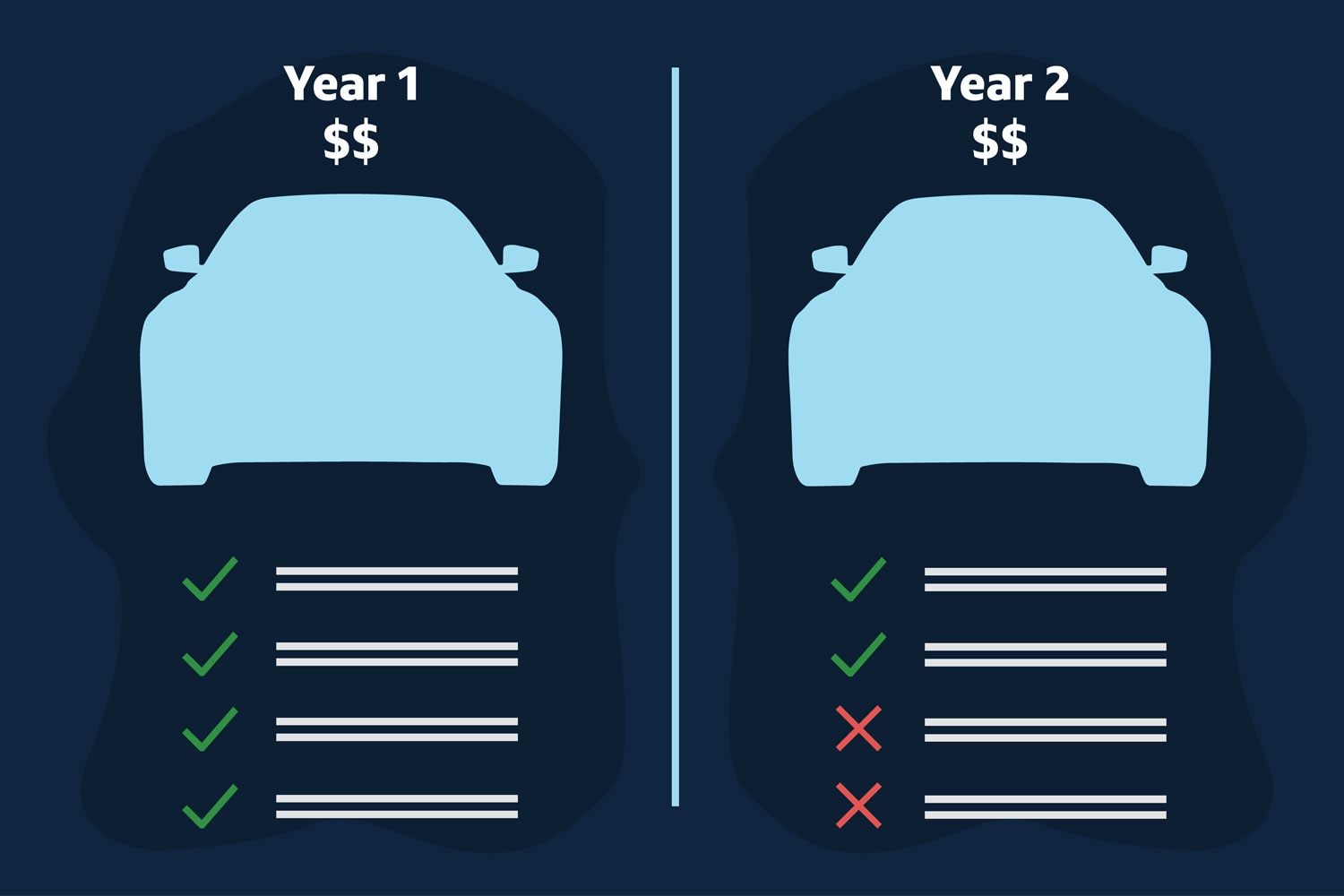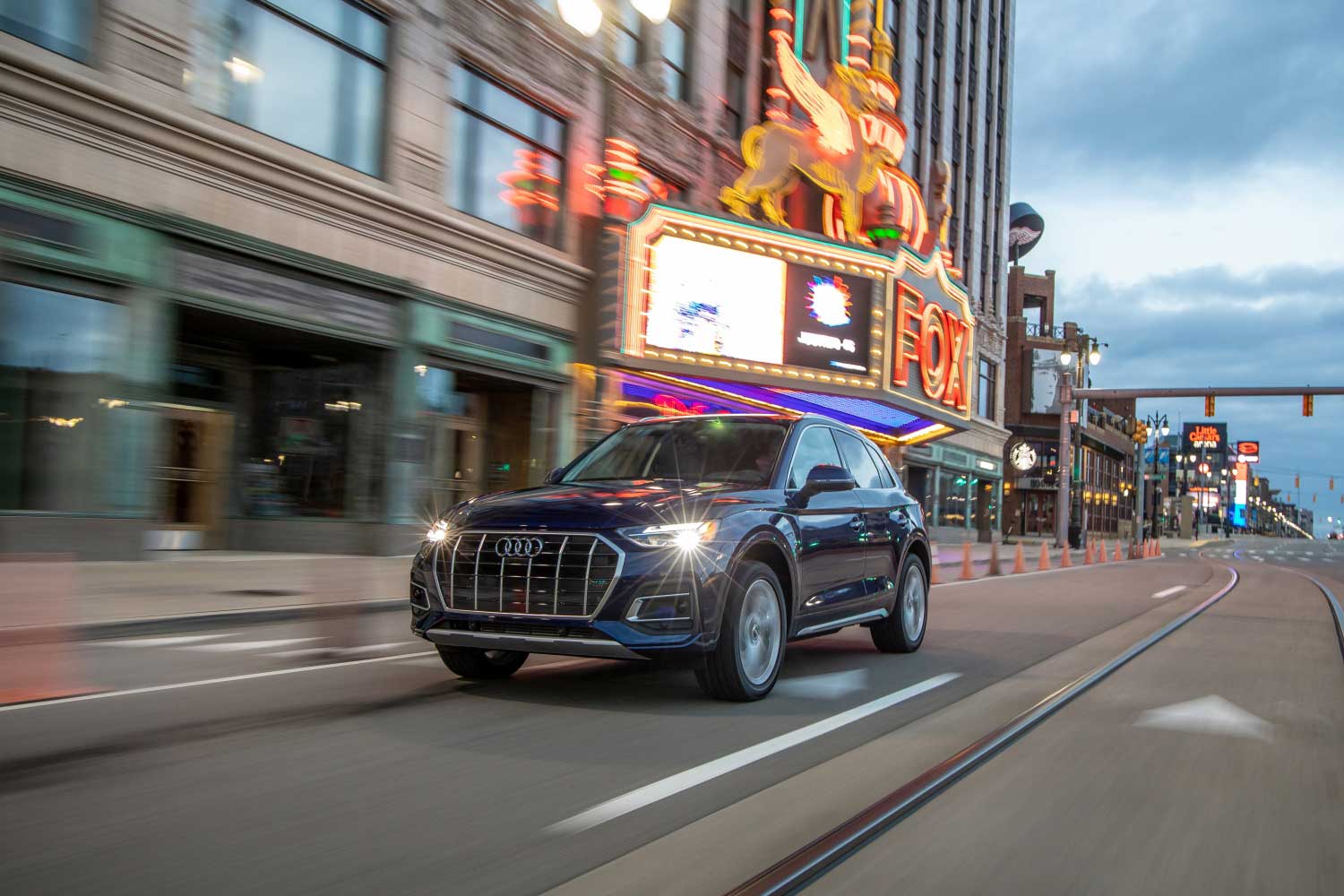Same Price, Less Car: Automakers Are Hiding Inflation in Creative Ways
As the cost of producing cars increases, some manufacturers are getting clever to hold the line on window sticker prices.
 Capital One
Capital One
An old trick used by the food industry goes like this: When a company’s profits are squeezed, it can compensate by giving you less for your money. By slightly lowering the number of, say, potato chips in a bag while charging the same price, it will sneak past most shoppers that what used to be a four-ounce bag of chips is now 3.5 ounces.
For the chip company, that minor change means cranking out more snack bags from the same pile of potatoes. It’s more income for the chip manufacturer, a practice that’s been nicknamed shrinkflation or skimpflation.
Automakers have been paying attention. With material prices and pandemic-related supply chain snags pressuring production costs, some car companies have been thinking about how they can sell a smaller bag of chips. Here’s how some automakers are adapting to inflation—both actual cost increases and the heightened demand—as they price their new models.
 Rivian
Rivian
Rivian R1T and R1S
Understandably, automakers don’t make a big deal of equipment changes like removing features, which are intended to hold pricing steady. Rivian, an EV startup just beginning to deliver vehicles learned the hard way that these kinds of price gimmicks can quickly generate huge amounts of criticism on social media—as well as canceled orders.
In early March, the company announced changes for its R1T pickup and R1S SUV. Technically, the price would stay the same for the entry-level models, though the vehicles were substantially different. Originally, the electric trucks were powered by four motors making a combined 835 horsepower. This was the setup Rivian offered when it began taking $1,000 deposits from buyers to reserve one of the new EVs, with the R1T starting at $69,000 and the R1S starting at $74,000.
After the change, those prices would still get you R1T or R1S, but now it would have only two motors good for about 600 horsepower. Meanwhile, prices for the four-motor versions climbed $12,000. Backlash was severe, and the company relented: Anyone who had already made a reservation would get the version they reserved at the promised price.
 Audi
Audi
Audi Q5
The 2022 Audi Q5 crossover is similar to the 2021 model, with the entry-level version carrying almost the same price this year as last. Looking closer, though, you’ll see that while $44,395 got you a 261 horsepower. engine in ‘21, the new base model costs $44,495 and offers just 201 horsepower. That’s because Audi quietly added a new trim level, the Q5 40, below last year’s entry level, the Q5 45. The ’22 Q5 45 now starts at $46,995, a jump of $2,600.
Features Dropped Due to Semiconductor Chip Shortage
Because of the shortage of semiconductor chips and other components, some automakers are simply removing computer-controlled features from new models. In these cases, though, the price is often adjusted to reflect the missing parts. For example, Automotive News reported that some versions of the 2022 Ford Explorer will not be equipped with rear-seat climate controls—temperature setting will have to be done to front seat occupants.
Ford will install the parts to restore the functions at no cost when the chip shortage eases; in the meantime, it’s offering buyers a discount of $50 for the missing climate controls and another $100 on models that were supposed to be equipped with standard rear heated seats.
Ford is not alone in this situation: BMW found itself making a similar move with its Backup Assistance feature on some models, and General Motors was temporarily unable to install heated seats and steering wheels in various vehicles.
Eliminating features to create a lower-priced entry model has been a popular practice for automakers in the past, especially when sales slow as a model ages. The current trend is different from that so-called de-contenting, as the deletions simply let prices remain steady. Knowing when this affects a vehicle you’re considering requires a careful look at the lists of standard features and options published on the automaker’s website as well closely reading the vehicle’s window sticker. Check for credits in the pricing area, as these will mention the specific deleted feature being credited.
Bottom line: Buyers need to pay close attention today to make sure they get the features they want—and thought they were paying for.
Written by humans.
Edited by humans.
 Sebastian Blanco
Sebastian BlancoSebastian Blanco has been writing about electric vehicles, hybrids, and hydrogen cars since 2006. His first green-car media event was the launch of the first Tesla Roadster in 2006, an event where he almost elbowed Arnold Schwarzenegger in the groin. Since then, he has been tracking the shift away from gasoline-powered vehicles and discovering the new technology's importance not just for the auto industry, but for the world as a whole.
Related articles
View more related articles